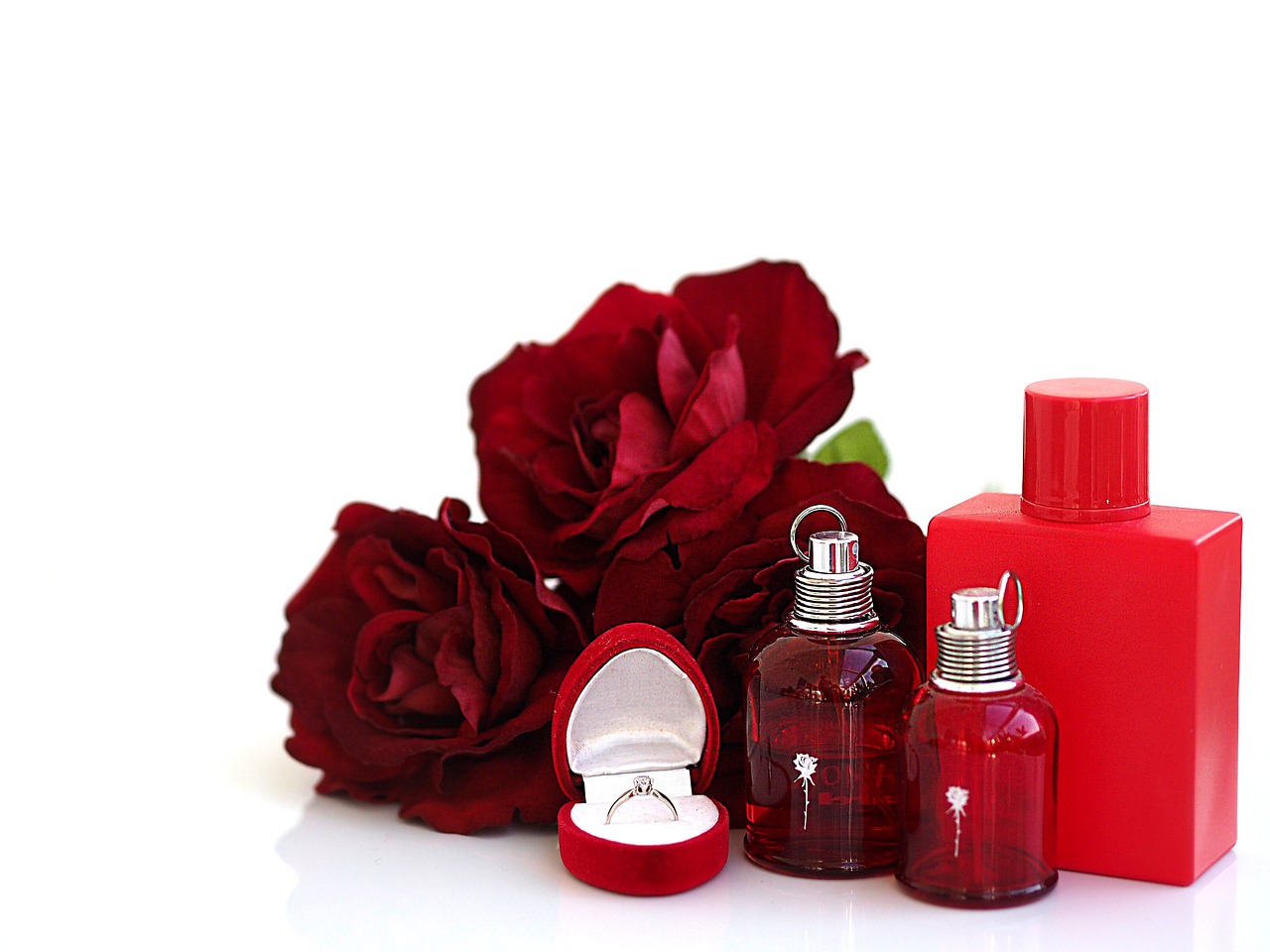Have you ever wondered how the captivating fragrances in your favourite perfumes are created? Perfume making is an exquisite blend of art and science that allows you to craft scents that resonate with your senses and emotions. Whether you’re an aspiring perfumer or simply curious about the process, let’s explore the fundamental basics of perfume making.
1. The Building Blocks of Perfume:
Perfume making involves combining various aromatic ingredients to create a harmonious and evocative scent. These ingredients can be classified into three main categories: essential oils, aroma compounds, and absolutes. Essential oils are derived from natural sources like flowers, leaves, and fruits, while aroma compounds are synthetic molecules crafted to mimic natural scents. Absolutes are concentrated aromatic extracts obtained through solvent extraction.
2. The Scent Pyramid:
A perfume’s scent profile is often described using the concept of a scent pyramid. This pyramid is divided into three layers, each contributing to the overall fragrance experience:
- Top Notes: These are the initial scents that greet your nose when you first apply a perfume. They are often fresh and fleeting, designed to capture your attention. Citrusy notes like bergamot and lemon, as well as herbs like lavender, are common top notes.
- Heart Notes: Also known as middle notes, these scents emerge after the top notes evaporate. They form the core of the fragrance and provide its character. Floral notes such as rose, jasmine, and ylang-ylang are often found in the heart layer.
- Base Notes: The foundation of the fragrance, base notes are rich and long-lasting. They emerge after the heart notes fade and provide depth and warmth. Ingredients like vanilla, patchouli, and musk are typical base notes.
3. The Art of Blending:
Blending is at the heart of perfume making. Perfumers skilfully combine different ingredients to create a balanced and pleasing scent. Each ingredient contributes its own unique aroma and characteristics to the final blend. Successful blending requires an understanding of how different notes interact and how to achieve the desired harmony.
4. Perfume Strength and Concentration:
The concentration of aromatic ingredients in a perfume determines its strength and longevity. Different concentrations result in different types of fragrances:
- Eau de Cologne: A light and refreshing option with a low concentration of aromatic compounds.
- Eau de Toilette: Slightly stronger than cologne, it has a moderate concentration and lasts longer.
- Eau de Parfum: With a higher concentration of aromatic compounds, this type offers a longer-lasting and more intense scent.
- Perfume (Parfum): The most concentrated option, perfume contains the highest concentration of aromatic ingredients and can last all day.
5. Perfume Solvents and Diluents:
Since essential oils and aroma compounds are often highly concentrated, they need to be diluted before being applied to the skin. Solvents and diluents are used to achieve this. Common solvents include ethanol (alcohol) and water, which help carry and distribute the aromatic molecules. Diluents ensure that the perfume is safe to apply and comfortable to wear.
6. The Importance of Patience:
Perfume making is an art that requires patience and careful consideration. It’s not uncommon for perfumers to spend weeks or even months perfecting a blend. The process of aging and maturation is crucial, as it allows the various aromatic components to meld together and create a more harmonious scent.
7. Experimentation and Creativity:
While there are guidelines to perfume making, there’s also ample room for experimentation and creativity. Don’t be afraid to try unconventional combinations or explore new ingredients. Some of the most unique and captivating scents are born from daring experimentation.
8. Document and Learn:
As you embark on your perfume-making journey, keep detailed notes of your experiments. Record the ingredients you use, the ratios, and your impressions of how they interact. This documentation will be invaluable as you refine your skills and create your signature scents.
Conclusion:
Perfume making is a mesmerizing blend of science, creativity, and olfactory sensibility. By understanding the basic building blocks, mastering the art of blending, and allowing for patience and experimentation, you can embark on a fragrant adventure that leads to the creation of captivating and uniquely personal perfumes. Whether you’re crafting for yourself or dreaming of sharing your creations with the world, perfume making is a journey that delights the senses and captivates the imagination.




